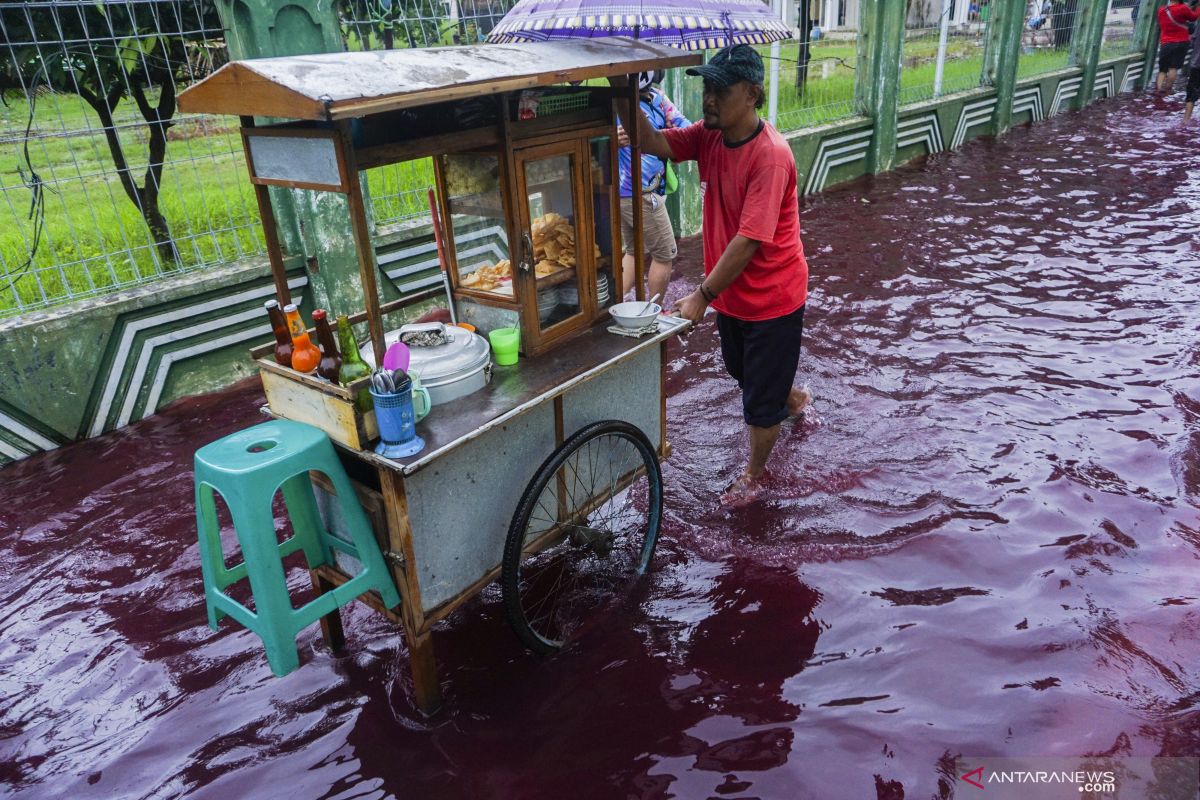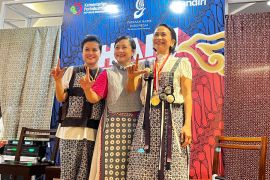There are almost no print batik SMEs that have a wastewater processing unit, so the potential for dye pollution affecting the environment is relatively large.Jakarta (ANTARA) - The National Research and Innovation Agency (BRIN) has developed an electrochemical advanced oxidation process technology to reduce the level of color pollution in the waters released by the print batik industry.
The technology is implemented at Batik Cici located in Laban, Mojolaban, Sukoharjo, Central Java, researcher from BRIN's Clean Environment and Production Research Center, Aris, noted through a statement, Monday.
"(The need for an) effective and efficient technology option became one of the problems that they encounter in addition to the provision capability, operation cost, and lack of awareness," he remarked.
Small and medium enterprises (SMEs) drive the economy, absorb manpower, and produce fabric products to meet the people's clothing requirement, Aris noted.
The print batik industry can be frequently found in the Solo Raya area, such as in Sukoharjo, Surakarta, Karanganyar, and Sragen.
However, over and above their benefits, print batik enterprises also have a negative impact on the environment in the form of being causal to water pollution.
The source of pollution comes from the chemical materials used for the fabric coloring, buttoning, and equipment washing processes.
Related news: Ministry targets 100 producers submit waste reduction plan this year
The dominant type of pollutant comes in the form of dyes that are lysed from the fabric during the printed fabric soaking process.
The color pollutant released into the water can disrupt water biota and human health if exposed directly and indirectly, such as through the food chain.
Aris said the waste reduction technology is being implemented for three months in stages comprising location observation, reactor placement layout, reactor installation, trial and performance evaluation.
"There are almost no print batik SMEs that have a wastewater processing unit, so the potential for dye pollution affecting the environment is relatively large," he pointed out.
He noted that the wastewater processing technology is powered by direct current electricity. The electricity is used by the electrode to change the solution into various oxidizing agents, such as Cl2, HCIO, CIO-, H2O2, and OHo.
The oxidizing agents then react with the pollutant to form a simple compound that reduces toxicity of the pollutant and also makes it disappear if it changes into H20 and CO2.
"The use of this electrochemical advanced oxidation process technology is expected to be beneficial for institutions, industry, and the public," Aris stated.
Related news: Ministry seeks for 30% reduction in manufacturing waste
Related news: Indonesia commits to 70-percent reduction in marine debris by 2025
Translator: Sugiharto P, Fadhli Ruhman
Editor: Yuni Arisandy Sinaga
Copyright © ANTARA 2023











